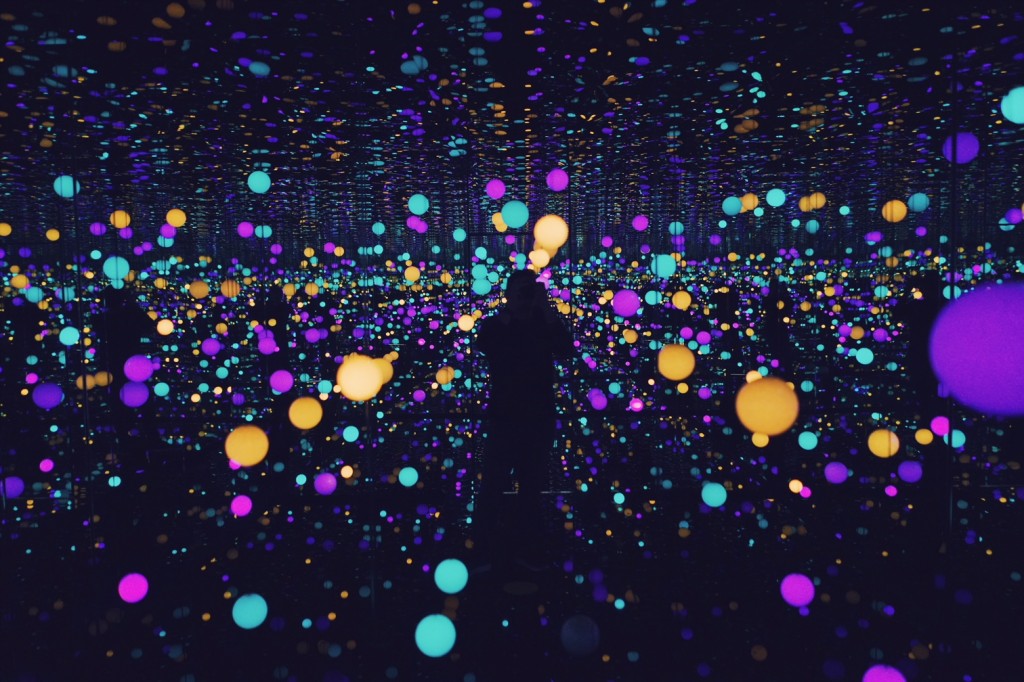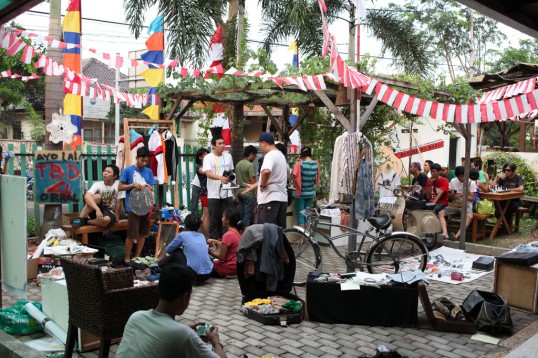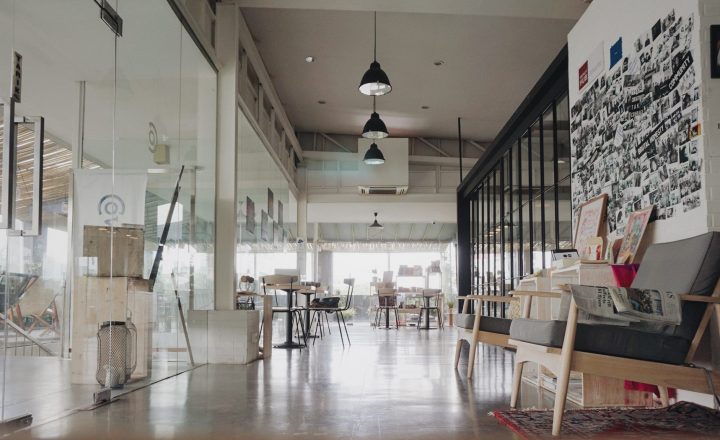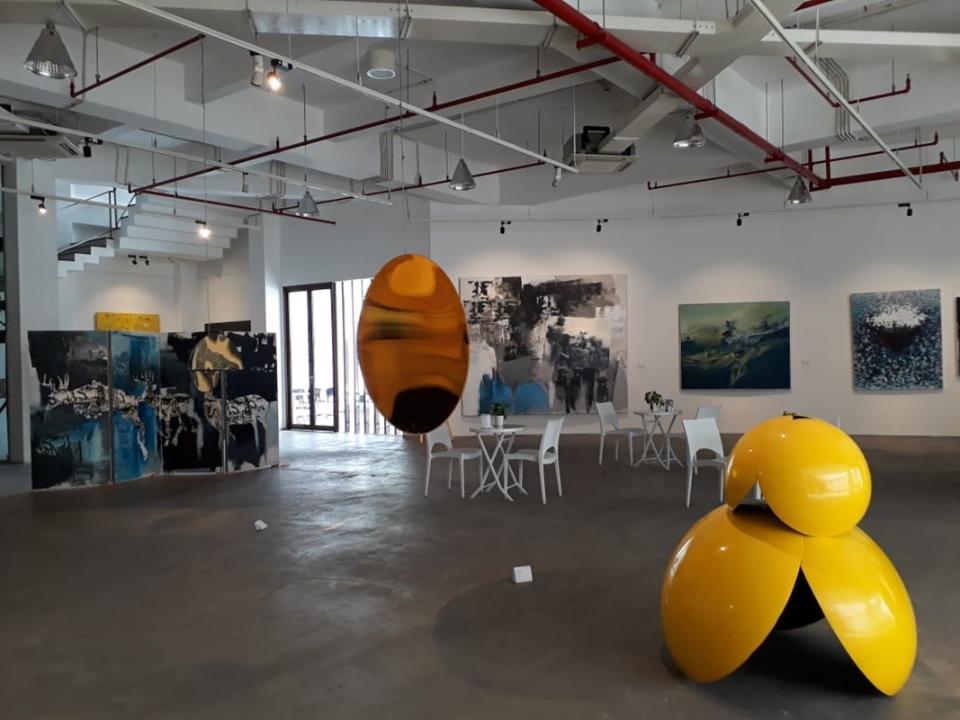Please Note: This is an archived blog post from January 5, 2016. For more recent updates, view the latest REMIX news, Agency case studies or homepage
Museum MACAN, Jakarta
Peter Tullin, Co-Founder of REMIX recently travelled to Indonesia as part of the British Council’s DICE initiative (Developing Inclusive and Creative Economies). The scoping trip involved a series of meetings with and visits to creative industries organisations in Jakarta and Jogjakarta, two of the main creative hubs. REMIX also delivered a presentation on global creative entrepreneurship trends at the Indonesian Creative Cities Network (ICCN) Conference.
The DICE initiative will see UK and foreign organisations will work together to develop and deliver innovative actions that support the growth of social and creative enterprises in the UK and five emerging economies including Indonesia. These interventions will aim to empower women and girls, foster youth employment or support people with disabilities or other marginalised groups.
In this post, Peter reports on some of the highlights of the trip and some thoughts on creative entrepreneurship in the Indonesia and the growth of the creative industries there.
The creative industries scene in Indonesia is incredibly diverse and exciting with strong government investment and support in this area. However, what impressed me the most is the creative entrepreneurs that I met on my journey. The creative industries are much more grass roots driven as opposed to being dominated by more conventional cultural institutions which tends to be more common in Western countries. Given the need to generate income to enable economic inclusion and grow sustainable cultural and socially beneficial activity entrepreneurship is a critical component. At the heart of this was the ‘collectivism’ model where people came together to pool resources and share risk and produce creative products and services on a scale beyond what a single individual could achieve.
Ruangrupa event
A great example of this was Ruangrupa, a not-for-profit artists’ initiative established in 2000 by a group of artists in Jakarta. It works to advance art ideas in urban context and the broad scope of culture through exhibitions, festivals, art laboratory, workshops, researches and book, magazine, and online journal publications.
I met with Leonhard Bartolomeus, a member of the Ruangrupa Collective and he outlined some of the theory behind ‘art collectivism recently in a talk (as reported in the Myanmar Times – full article here).
“Art collectivism is based on the fact that artists can no longer act passively or isolate themselves from other fields of knowledge that also take their roles in the construction of the many discourses and social practices in the levels of community and state.”
“Collectivism is both a tool and a way of thinking. He sees the art collective as a fluid process which means working together as collective that could multiply, integrate and even go viral pointing out that collective knowledge was like a virus mutation. It can spread and can be very contagious.”
“When different artists joined the collective, they felt a togetherness, bonded to a life which at times can be very challenging physically and emotionally. “The aims and purposes are stronger in art collectivism,” he said. “Make friends. Then art.”
Although they faced failure and hurdles at first in keeping alive the collective, he underscored the importance to embrace failure and start a new step again. They started modestly in their goal of spreading the knowledge of art to the public, by engaging them through the use of public spaces.
They have operated across a number of spaces and locations but I got a tour of the new site that ruangrupa were developing in a building that had previously housed an indoor soccer facility and it was truly impressive what they were building with such limited resources.
There were multiple support organisations that provided spaces for these entrepreneurs to work and gather. I met with William Hendradjaja, Co-Founder, Impact Hub. Impact Hub Jakarta is a coworking and innovation space that exists to support organisations & entrepreneurs creating sustainable positive impact in Indonesia and is part of a 100+ global network. The organisation has played a key role in supporting the social and creative entrepreneur ecosystem and it also ran an Innovation Lab which included a Corporate Innovation program to provide other organisations with the tools and skills to cultivate a culture of innovation.
Hub Jakarta
The government also runs a number of initiatives to support creative entrepreneurs though Bekraf, it’s Creative Economy Agency that was created to harness the potential of the creative industries to become a central pillar of the Indonesian economy. A team from the department talked me through a series of projects including training camps and special designed learning modules for creative entrepreneurs as well as international showcase events and platforms to showcase Indonesian creators and products.
In terms of more conventional cultural infrastructure, The Museum of Modern and Contemporary Art in Nusantara or Museum MACAN for short has been creating waves internationally in the art world. I met with Aaron Seeto the Director to see the space which continues to evolve and expand since opening in 2017. The museum has just been named in the World’s 100 Greatest Places 2018 by Time magazine.
In a similar vein I met with Monica Gunawan, Managing Director of Art:1 another key pillar of the growing private gallery network in the city. Housed in a new contemporary building it has been a pioneer in the development of the art scene in Jakarta. During its 30 years in art business, Mon Decor Gallery had expanded into several gallery branches all over Jakarta.
Art:1 Jakarta
Both of these last two examples really demonstrated how privately funded institutions are tapping into a growing middle class and an increased demand for cultural experiences.




